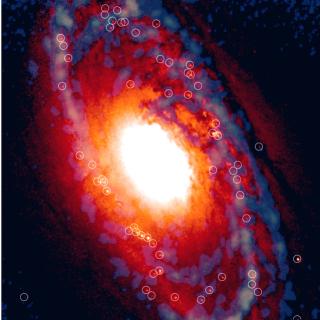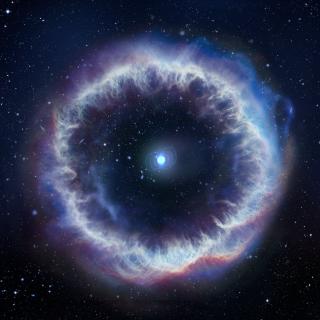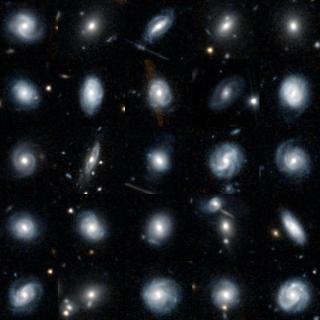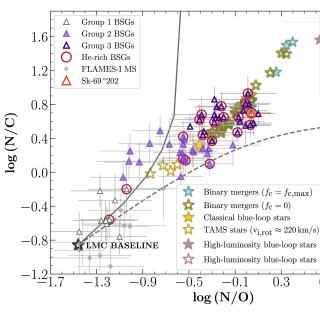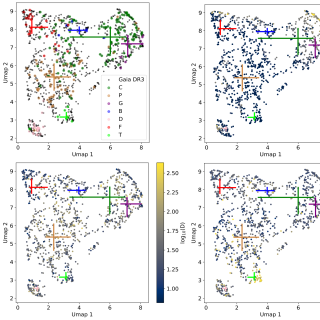
Asteroids are the remnants of the planetary formation in the Solar System and so, their study helps us to understand the conditions during the early stages of the formation of our planetary system. Among asteroids, those classified as primitives present similar spectra to that of carbonaceous chondrites, i.e., they are rich in carbon and organic compounds and silicates altered by the presence of liquid water (phyllosilicates). Primitive asteroids are well characterized in various wavelength regions, showing their most diagnostic feature at 3μm. However, there is a lack of information in the
Advertised on
